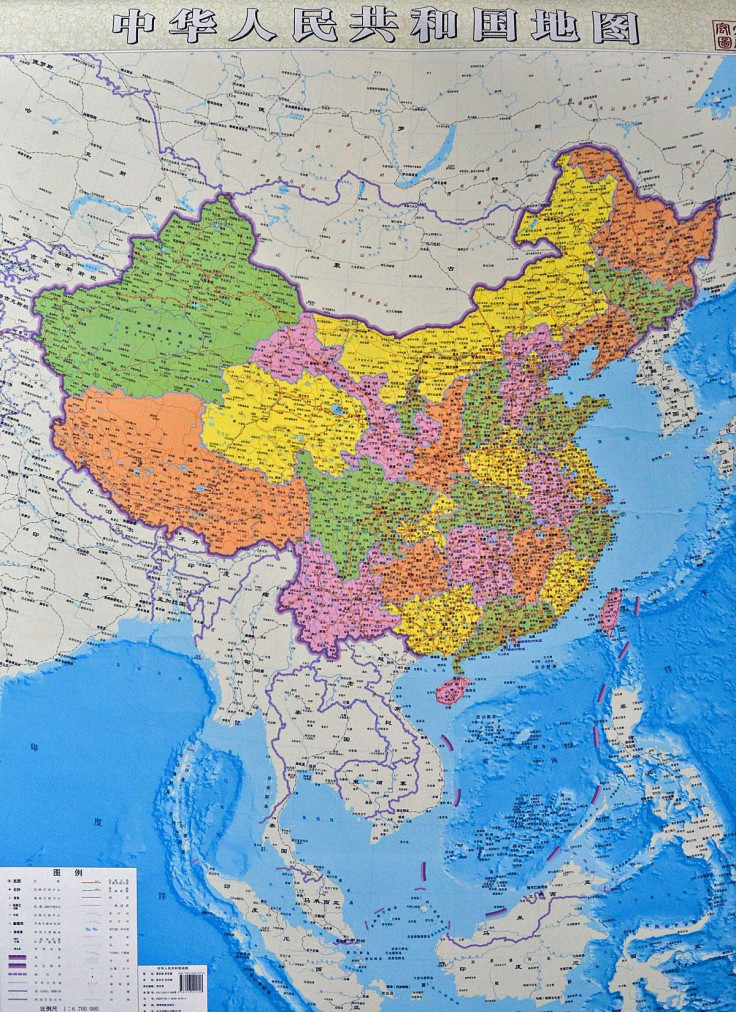South China Sea Dispute: Beijing's National Security Law Could Create New Tensions

China’s top government body adopted a first draft of a new national security law Wednesday in a move that will likely ramp up Beijing’s ambitions in the already tense waters of the South China Sea. The law defines issues in cyberspace, outer space, the deep sea, polar regions and, perhaps most urgently, the South China Sea, as areas China has the right to defend.
The newly drafted law was voted on Wednesday in a meeting in Beijing by the National People’s Congress Standing Committee and provides a framework for Chinese authorities to establish “a coordinated, efficient” crisis management system in all security sectors. Zheng Shu’na, a representative from the Legislative Affairs Commission of the National People’s Congress Standing Committee told reporters in a press conference that the new law was a “condition in which a country’s government, sovereignty, unification, territorial integrity, well-being of its people, sustainable development of its economy and society.” Zheng also emphasized the importance of maintaining security in physical spaces, namely the country’s claims in the disputed South China Sea territories.
For now, most of China’s defense relies on the strength of its military presence in the South China Sea. Other nations that claim parts of the disputed area include Vietnam, Brunei, Malaysia and the Philippines, all of which are dwarfed by China's military strength. While the United States and Japan have offered military support to other nations against China in the form of patrols, Chinese leaders have still successfully managed to build military outposts and civilian facilities on reclaimed islands in the disputed waters with almost no physical resistance.
The national security law will likely lay the groundwork for an even more assertive China. “The Chinese will cite the law, along with other domestic laws, to justify their activities,” in the South China Sea, said Bonnie Glaser, a senior Asia adviser at the Center for Strategic and International Studies in Washington, D.C.
In the past, China's main claim to the disputed areas in the South China Sea were based on demarcations proposed in ancient maps of Asia. In order to revive claims made hundreds of years ago, China reprinted its official government maps to include much more than mainland China. The new so-called “vertical maps” emphasized the disputed waters much more prominently than previous official maps.

Still, maps were not enough to convince countries like the Philippines, which responded by resurfacing a slew of ancient Chinese maps dating back as early as 1136 that debunked Beijing’s claims to the Scarborough Shoal and Spratly Islands. The Philippines Institute of Maritime and Ocean Affairs posted the maps online for the public to view.
China's national security law gives it more flexibility to “defend” threats because it is so encompassing and vague. “China not only says it has sovereignty, but its national security interests are at stake, and it [now] has a legal basis to conduct activities that are necessary to protect its citizens and national security,” Glaser said.
China has rejected criticisms that the law is too broad. “Any government will stand firm and not leave any room for disputes, compromises and interferences when it comes to protecting its core interests,” the NPC’s Zheng said. “China is no exception.”
© Copyright IBTimes 2024. All rights reserved.






















